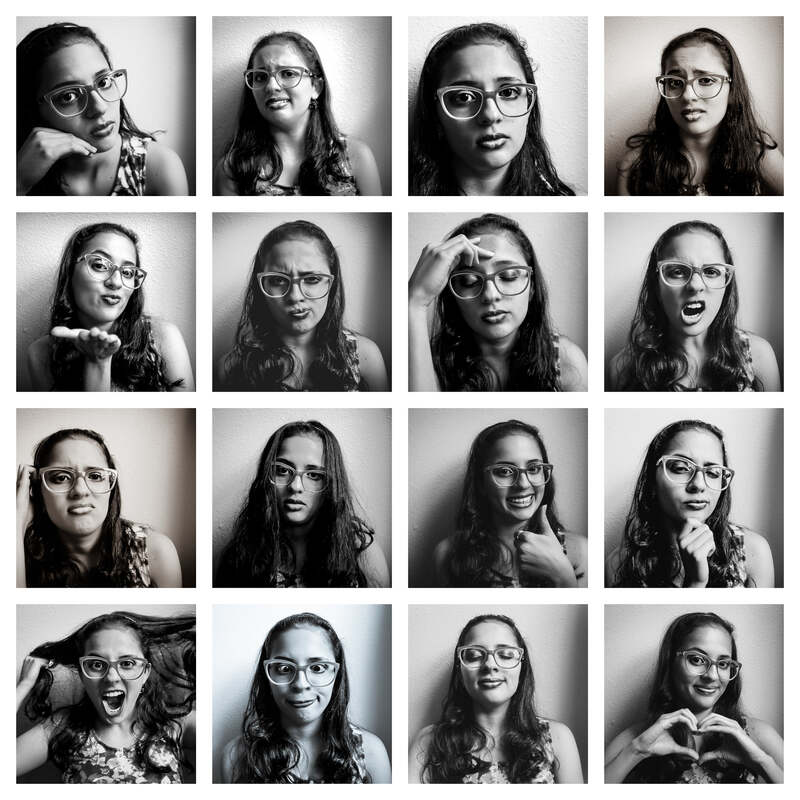

Emotions include feelings, but they are different from feelings because they are related to real events. It is in the definition of the term “emotions” that we find two valuable clues when it comes to understanding emotional images. Emotions show “how individuals cope with different situations that they find particularly meaningful” 4. The American Psychological Association (APA) defines emotions as “a complex reaction pattern, involving experiential, behavioral and physiological elements” 3. La Mona Lisa, by Leonardo da Vinci, 1503-1519. No matter if the emotion that emerges from this image is artificial or not, this emotional image is able to touch our feelings all the same.ħ – Anger and sadness in the face of inequity However, and this speaks about the complexity of photography as a medium, this photograph it is a mise-en-scène carefully orchestrated by Doisneau. Everything indicates that this is a snapshot, a photo captured with skill by the hunter photographer, as in the decisive moment as Henri Cartier-Bresson would call it. In the foreground a table and a bar chair: they let us guess the position of the photographer. As a background to this image taken in low angle, we find the city hall of Paris. Immobilized by the photographer’s gesture, they seem like still statues amid the tracks of dizzying passers-by. In this image, taken in Paris in 1950, we see a couple kissing passionately on a side-walk. Here is the very famous photograph by Robert Doisneau, entitled The Kiss at City Hall. The Kiss at City Hall of Paris, Robert Doisneau, 1950. 2 – Melancholy in Hustlers, by Lorca diCorcia This image underlines the importance of fate as a source of emotions, and the ability of photography to masterfully capture this moment when the very soul of the person in the photograph is revealed. Lange has captured this moment beautifully, with a plain background where there are both light and dark parts, as if it were a metaphor for the uncertain future for this woman and her children, and in general for the whole society at the time of the depression. She looks tired, her expression is worried, concerned.

The image is dominated by the mother’s gaze, a gaze that ignores the presence of the photographer and looks far into the future, as if foreseeing the problems to be solved and the difficult situations that she and her children would face in the near future. The children are hidden, their faces are not visible, except for the baby sleeping in mother’s chest. In this image, which is part of the Moma collection, we see a mother surrounded by her children. I made five exposures, working closer and closer from the same direction.” 1 I do not remember how I explained my presence or my camera to her, but I do remember she asked me no questions.

“I saw and approached the hungry and desperate mother, as if drawn by a magnet.

Let’s let the photographer tell us in his own words about the moment of the shooting: This would raise awareness and make the public more likely to help farmers. The goal was to capture in images the harsh reality of American farmers during the Great Depression. During the Great Depression of the 1930s, Dorothea Lange was commissioned by the Farm Security Administration program (FSA), along with other photographers, to capture in images the difficult times the United States was going through.


 0 kommentar(er)
0 kommentar(er)
